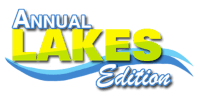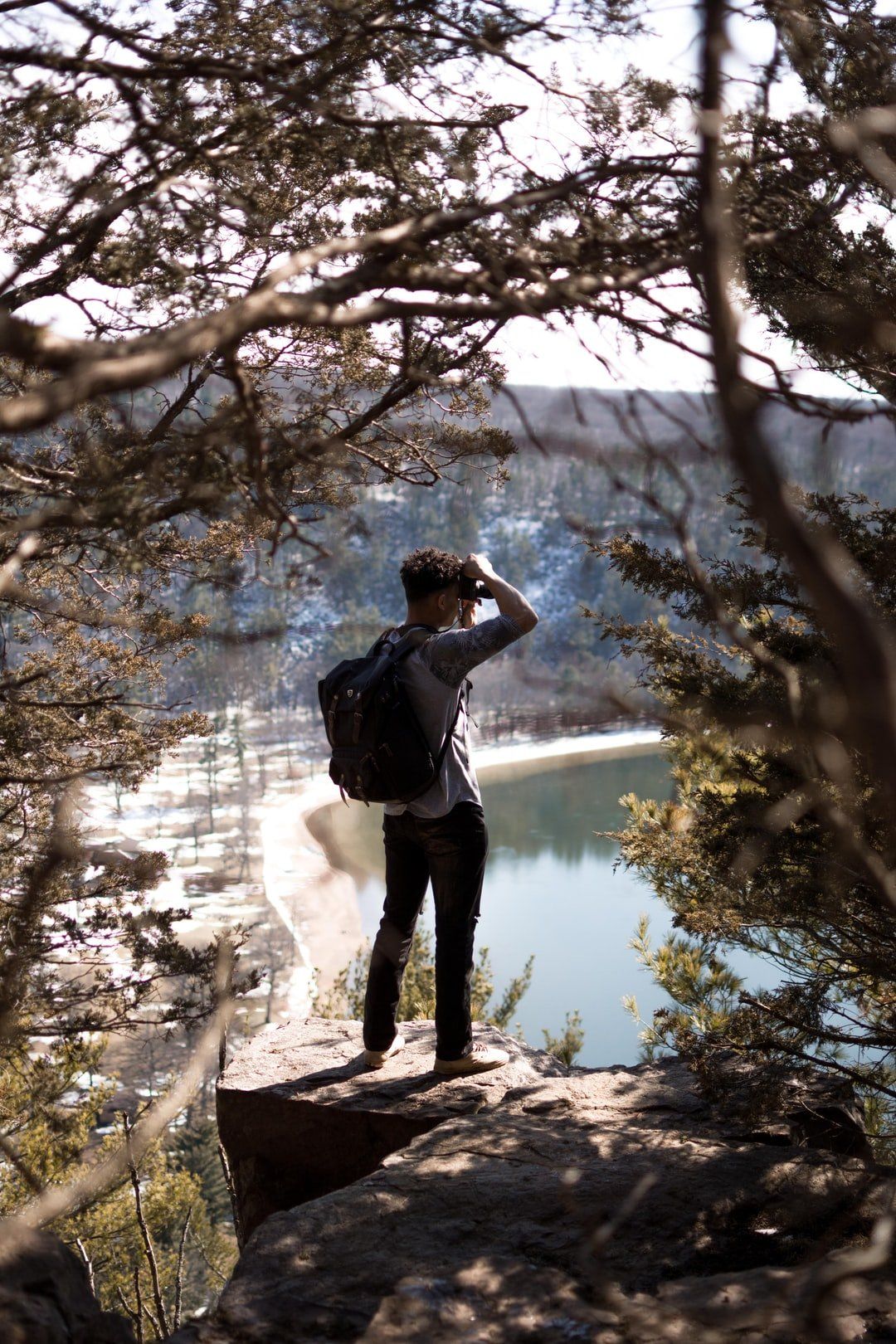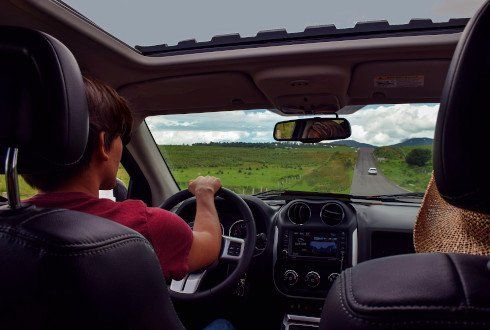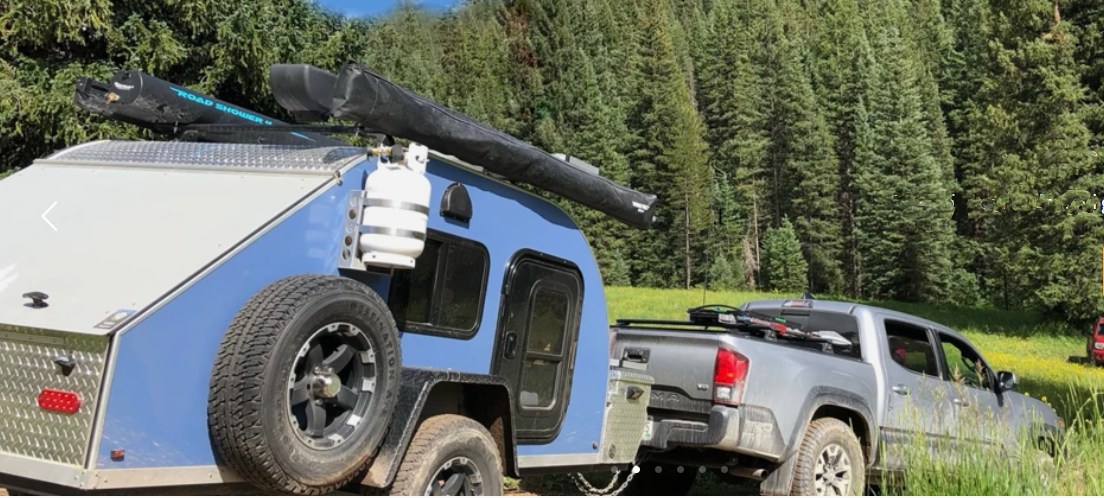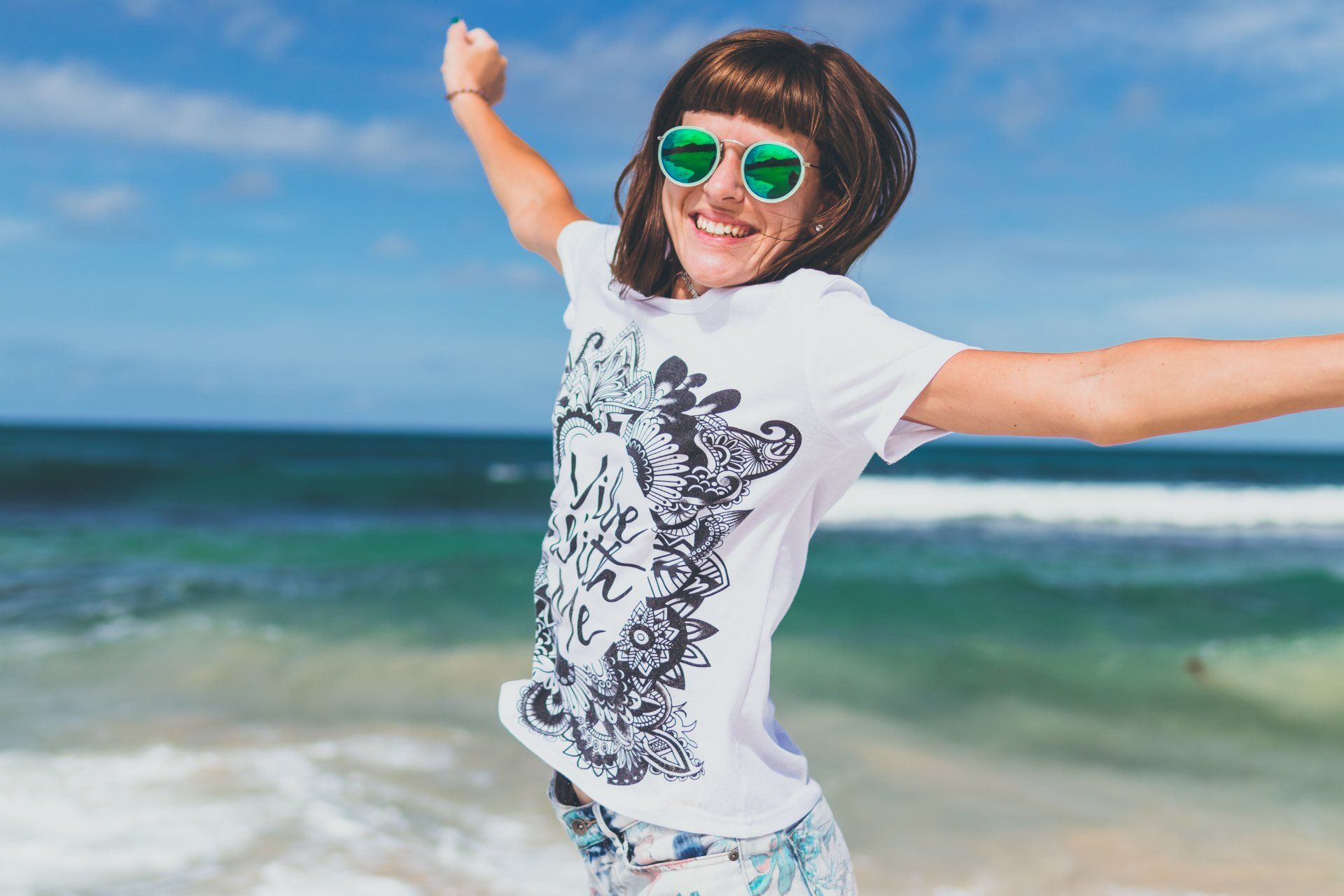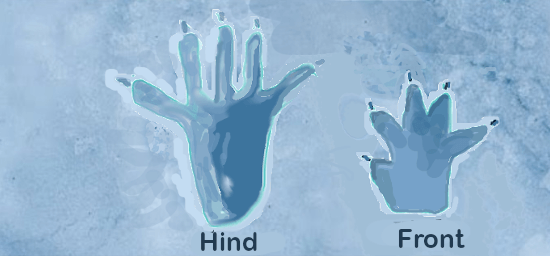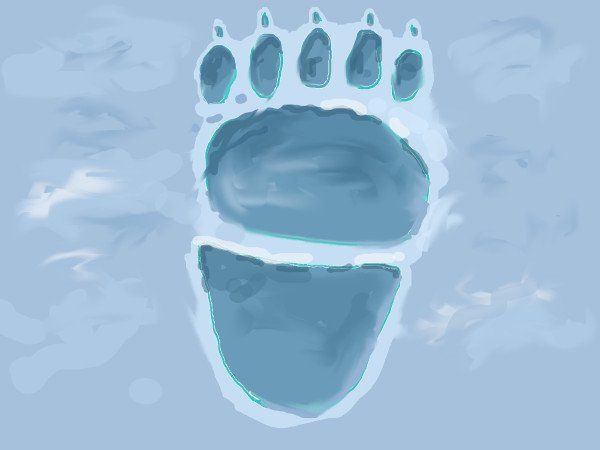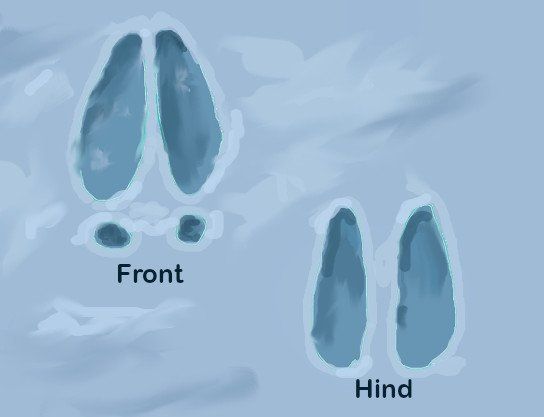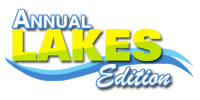Travelog WI
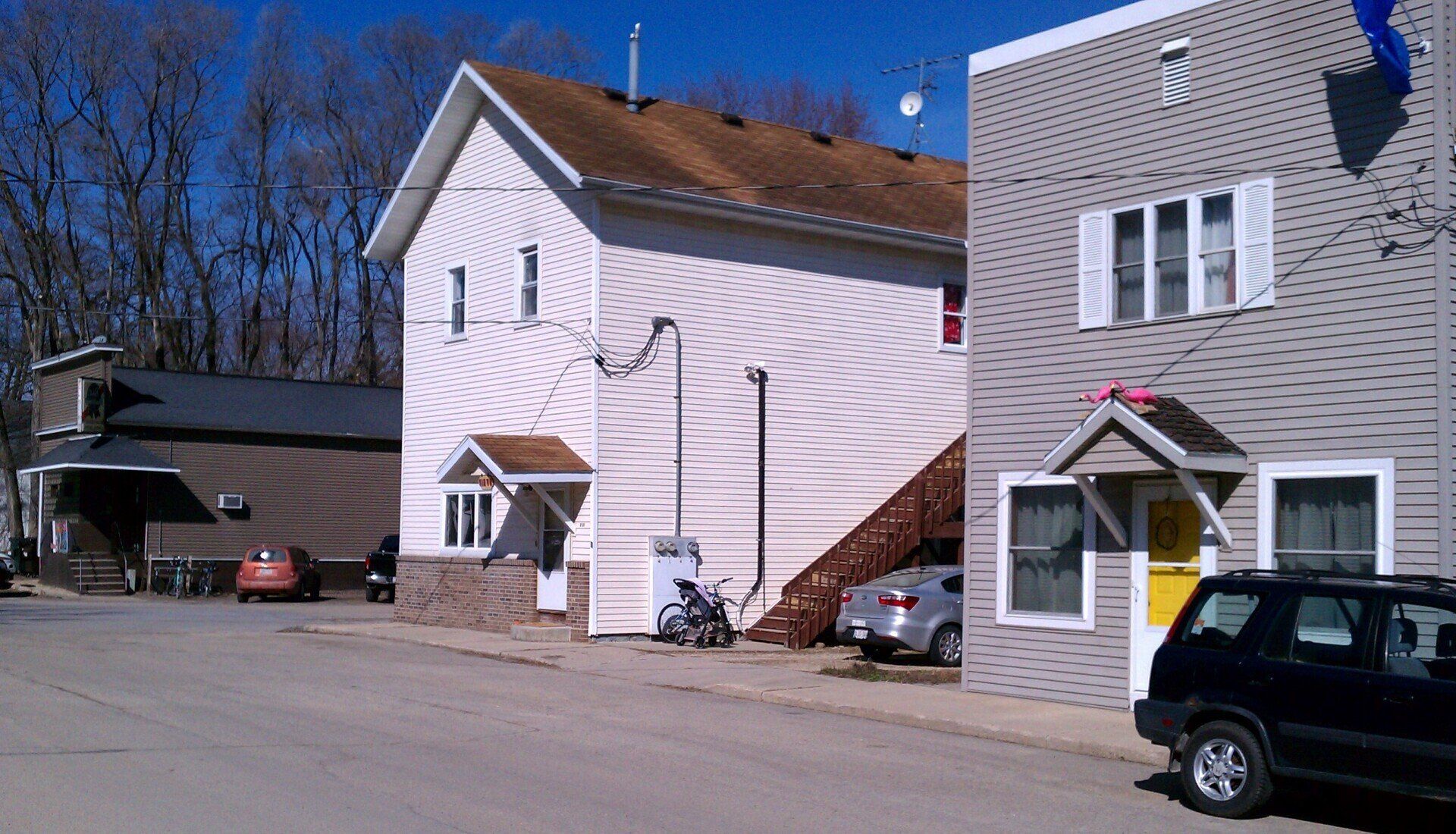
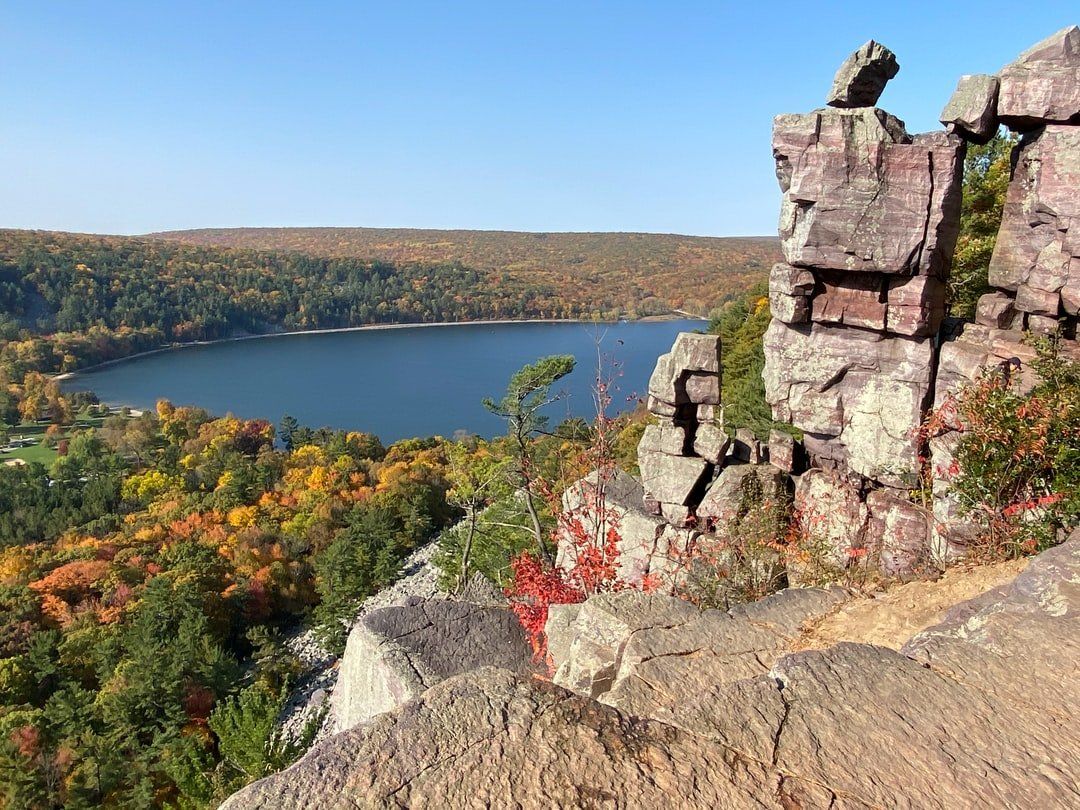

Getting On The Ground Level With Your Local Animal Friends This Winter

Rules of thumb or paw
When you find a footprint in the snow count the number of toes, it's the quickest way to
identify an animal's tracks. The best time to view tracks is after a recent snow fall. The more remote a park or natural area is from human encroachment the more likely you will discover a wider variety of foot prints in the snow.
(Rendering of muskrat tracks)
Have you seen a track in the snow similar to the one above? It is a track likely left by a
rodent such as chipmunk, mouse, muskrat, porcupine, squirrel or woodchuck.
Gray and red squirrel tracks are similar but large grays have larger prints and
strides. The heel of the track is perfect in shape in the snow. Venturing further north you
might stumble across the tracks of a flying squirrel.
Winter is the best time to spot shrew tracks. One characteristic of their prints in loose
snow is a noticeable dragging of the feet between prints and the tail.
Muskrats live by the water in lodges made of mud and aquatic plants. Often times their homes sit atop frozen lakes but near marsh areas and springs so use caution. The front tracks of muskrats are 4cm long and 4cm wide.Their hind paws are 8cm long and 5.5cm wide.
Aside from Punxsutawney Phil, you are unlikely to see woodchuck tracks in the snow.
This large rodent more often than not hibernates through the winter.
Four toes in the front and back
(Rendering of timber wolf tracks)
Did you find a footprint in the snow like this? Did you see any boot or snowshoe
prints close by the tracks? If yes, and the tracks are not in a straight line than they likely from a dog.
If the tracks are isolated from human activity you may have found a bobcat, coyote, dog, fox,
mountain lion, or wolf.
Coyotes and fox have moved into southern Wisconsin in the last two decades so you are more likely to find them in the woods, a golf course, or by frozen bodies of water such as lakes and marshes.
In 2020, there were numerous reported sightings of bobcats, and mountain lions in Waukesha, and Sauk counties. You might be one of the lucky few to spot a large cat track. Rural wooded yards, riparian forests by streams or creeks or large or county state parks are a good choice.
Maybe you are even one of the more fortunate to spot a timber wolf track in the snow! You are more likely to spot the tracks of Wisconsin's native canid up in the north woods, or wooded areas such as large state parks. Wolves have large prints. Their front track measures 10.5cm long and 5cm wide, the hind paws are slightly smaller in size.
Larger mammals with five front and hind toes
(Rendering of a black bear's hind track)
Did you spot track tiny, hand-like prints outside your house? If you live in the city or the country
it is likely a raccoon.
This time of year all of our area lakes are snow covered and completely frozen you can get up close with beaver, or muskrat tracks. Exercise caution when approaching beaver dams as they are often near marsh areas which are spring fed. Moving water such as a river or stream does not freeze as deeply as a lake does. You might find a mink or otter foot print along the lake shallows and reed husks. Minks and otters eat fish so they are active along rivers and streams.
If you live in the north woods or near a nature preserve you might be lucky enough to spot a badger a bear track. Black bears generally, hibernate in the winter unless there is food or their are young cubs around. Their tracks are some of most impressive of all. A black bear's hind tracks typically measure a whopping 18cm long and 9cm wide while their front paws are 11.5cm long and 10cm wide.
A two-toe track
(Rendering of a white tailed deer tracks)
Did you find a footprint like this in the snow? It is likely you discovered a white tailed deer,
the larger elk or moose. Moose and elk are typically found in the northern reaches of the state.
Smaller deer generally live in the south in such areas as the Kettle Moraine State Forest's
Southern Unit. Larger deer are found in the central and north regions of the state.
White tailed deer tracks are fairly easy to spot along common shared, trails. Their prints measure 9cm in length and 6.5cm in width.
Before you go
It is best to go tracking after a new snow. Remember to wear layers, a winter parka, nice warm mittens,
wool/acrylic hat and waterproof boots with good traction if available. A good pair of binoculars might be useful. You never know who you might see down the path.
And for the kids invite them to bring a small notepad and pencil or pen so they can record every
animal track they see. Have them draw the shape of the footprint, and write down the name of the animal and date you found the print. Track the number of footprints you saw. Was there one deer or a family that passed through the area? Which direction was the animal heading? Look for claws that is a good way to determine where the critter was headed.
Remember to tread lightly. Stay on well marked paths, and where the most human boot prints are. When you spot a trail of animal footprints in the snow try to maintain a far enough distance from them to preserve them for future families to see.
Lastly, make sure your camera is charged so you can take great photos
of the tracks you have found.
Good luck and stay safe.
